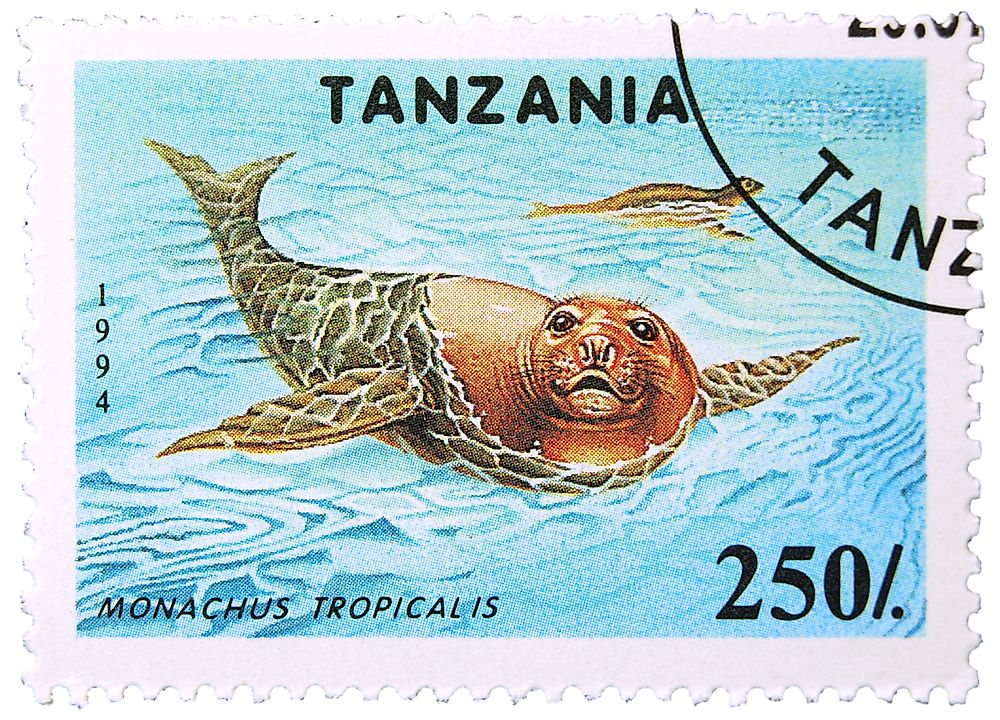4 Marine Mammals That Have Vanished From The Seas

According to a recent study, 15 animals have vanished from the oceans in recent times. Of these animals, 4 are marine mammals. The number of marine extinctions is predicted to rise rapidly in the future as oceans are further exploited by humans. Here is a list of the 4 marine mammals that have been the victims of human greed:
4. Steller's Sea Cow
The Hydrodamalis gigas was a marine mammal that is now extinct. Georg Wilhelm Steller discovered the species in 1741 and it was named after him. At the time of its discovery, it was only found in the offshore waters of the Commander Islands in the Bering Sea. The species was classified as part of the Sirenia order and Dugongidae family. The dugong is the sole extant member of this family. The Steller's sea cow had a thicker layer of bladder than other members of the Sirenia order. It also had a forked tail. The species were primarily dependant on kelp for their food. It possibly lived in small family groups. Unfortunately, the Steller’s sea cow was hunted to extinction within just 27 years of its discovery. The slow movements of the species made it easy to catch the animals. The species was hunted for its meat, hide, and fat.
3. Sea Mink
The Neovison macrodon is an extinct marine mammal that used to live on North America’s eastern coast. The species belongs to the Mustelidae family of the Carnivora order. It is closely related to the American mink and is even considered to be the same species by a section of scientists. Little information is available about the species with most acquired from the accounts of the indigenous tribes and fur traders. It possibly played an important role in the marine ecosystem as an intertidal predator. Seabirds, bird eggs, and marine invertebrates could have been part of their diet. Sadly, like the Steller’s sea cow, the sea mink was hunted to extinction due to indiscriminate hunting. Since it was the largest species of mink, it yielded more fur than other mink species and was thus a prime target of the fur traders. The sea mink became extinct by the turn of the 19th century.
2. Japanese Sea Lion
Another species that became prey to human greed, the Zalophus japonicus was a member of the Otariidae family of Order Carnivora. The species became extinct in the 1970’s. It was found in the Sea of Japan with a greater concentration along the Korean Peninsula and the Japanese Archipelago. The species was extensively hunted for the extraction of oil from its skin. Traditional medicines were made using the internal organs of the animal. Other body parts like the leather and whiskers of the Japanese Sea lion were also used for different purposes. They were even captured for circus shows. An effort was made in 2007 by the South Korean government to bring back the species in the Sea of Japan. Extensive searches were made to locate any surviving members of the species. However, not much luck has been achieved to date.
1. Caribbean Monk Seal
The Neomonachus tropicalis was native to the Caribbean region. The species was hunted to extinction for oil. Another big threat to the species was the depletion of their food source due to overfishing in their habitat. The last Caribbean monk seal was seen in the Serranilla Bank in 1952. In 2008, its extinction in the wild was officially declared. According to historical records, these seals live in large social groups of around 100 individuals and consumed mainly crustaceans and fish. It is believed that its sluggish behavior on land, curious and unaggressive nature, and lack of fear of humans led to its demise at the hands of humans.











